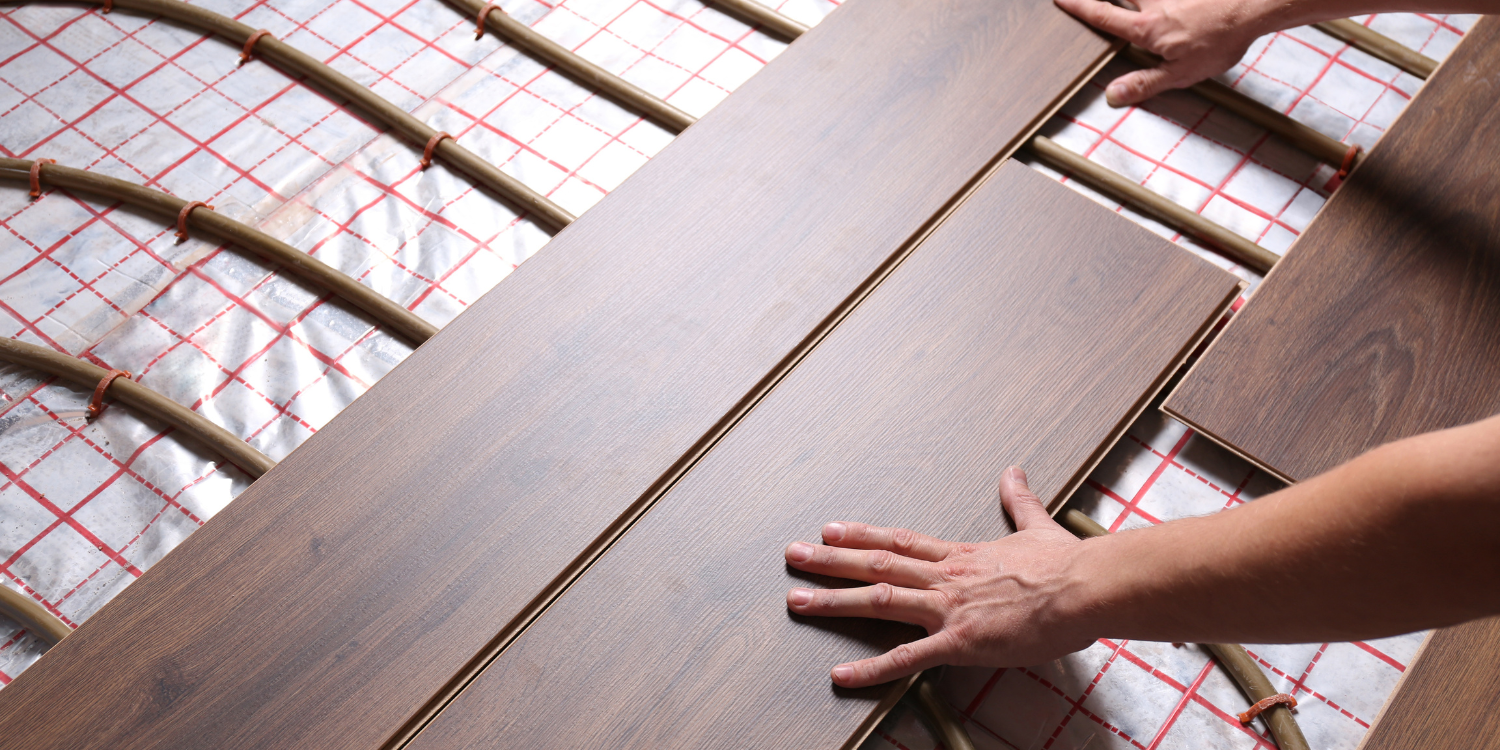Why You Should Consider a Radiant Heating System
When it comes to heating your home, you have a lot of different options, including traditional furnace heaters, solar-powered heating, radiant heating and more. There are several factors you should consider when deciding on a heating system. These include comfort, energy efficiency and cost, to name a few. When these factors are taken into account, you’ll find radiant heating is one of the best options there is.
What is radiant heating?
Radiant heating is a system in which heat is produced and transferred underneath a home’s floors. The heat rises from the floor upwards throughout the rest of the house. This is actually an old concept – this type of heating can be traced all the way back to ancient Rome, where rich homeowners would have wood-burning fires fanned below their raised marble floors.
What are the types of radiant heating?
There are two main types of radiant heating systems – hydronic and electric.
- Hydronic radiant heating makes use of hot water tubes that run below the home’s floors.
- Electric radiant heating uses electric wires.
There are some key differences between the two. While electric radiant heating systems are easy and affordable to install, they are more expensive to operate. This makes them more suitable for smaller areas, such as bathrooms. Hydronic radiant heating, on the other hand, is more expensive and more difficult to install, but won’t cost as much to operate in the long run – making it a good option for larger spaces.
What are the advantages of using a radiant heating system?
Most of us spend every winter in a home with traditional furnace heating. Think about how cold the floors were when you walked around barefoot. There was a reason for this – warm air rises, and since a furnace doesn’t produce warm air from below the floors, the floors are typically left cold. With radiant heating, the floors will always be warm – even as the warm air rises – since the heat is being targeted on the floors from below. This leaves your home more evenly heated, and more comfortable.
This isn’t the only advantage of radiant heating. Because it heats the home more evenly, radiant heating is a more energy-efficient option. The heat produced by a furnace will escape upward, which means it will have to work harder and longer to replace that heat in an attempt to get the entire home at a consistent temperature.
What type of flooring works best for a radiant heating system?
You’ll want to choose a flooring material that not only conducts heat well but can also withstand heat. You don’t want your floors to be damaged by your radiant heating system, after all. Some of the best flooring materials for use with a radiant heating system include stone, ceramic tile, and concrete. Wood is an option as well, but you’ll want to have a professional install the wood flooring to manage potential shrinkage that can occur in wood due to fluctuating temperatures. Carpeting is not the best option since it can actually block heat from going through the floor.
For more information about installing a radiant heating system, contact your local ClimateCare member today.







